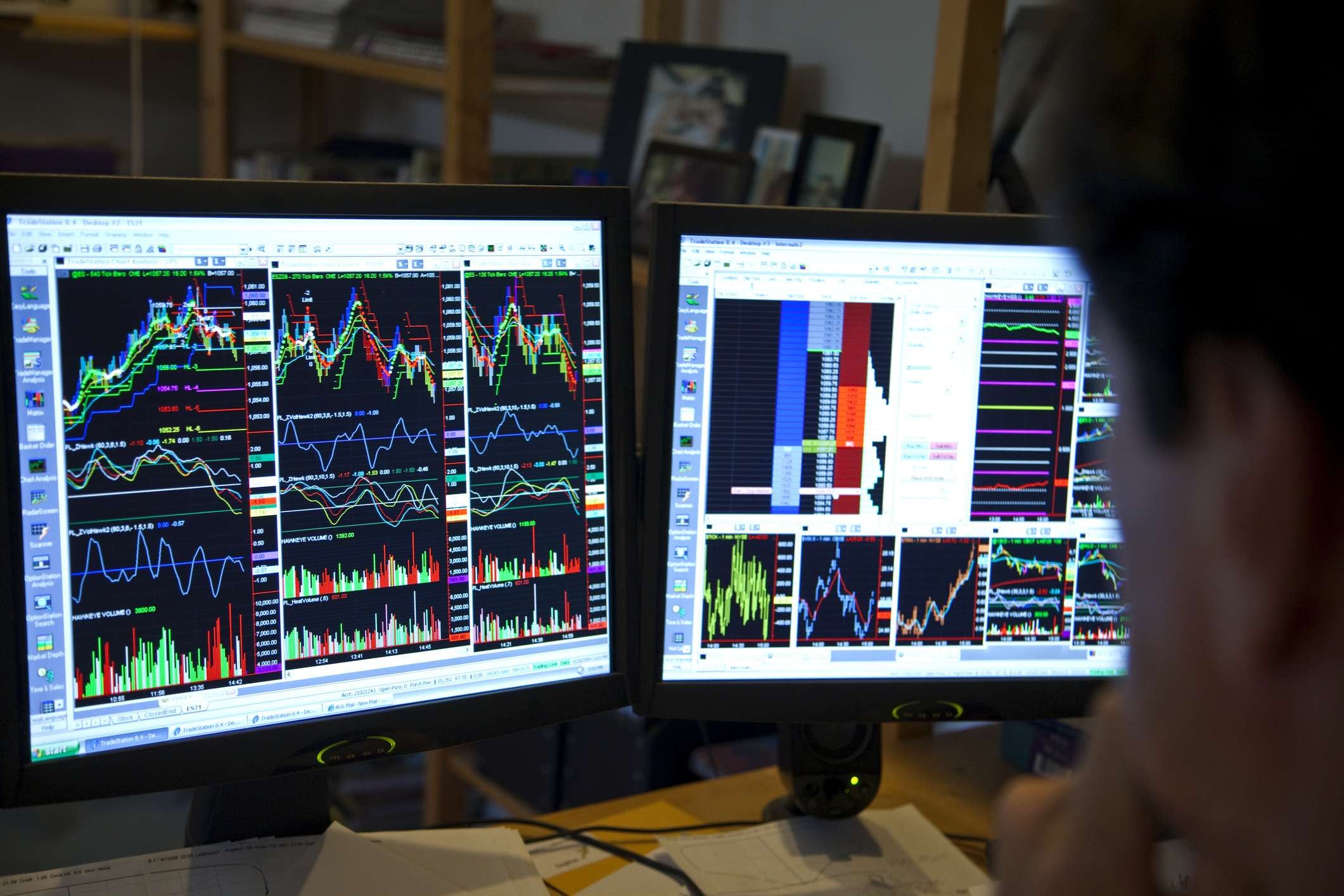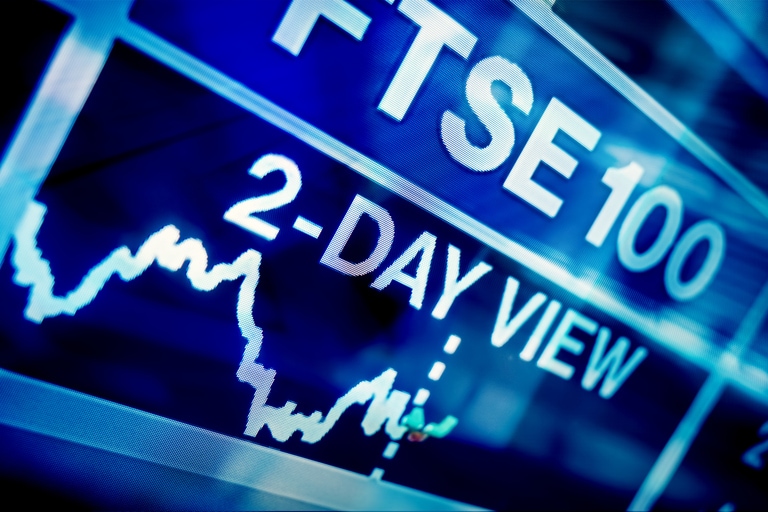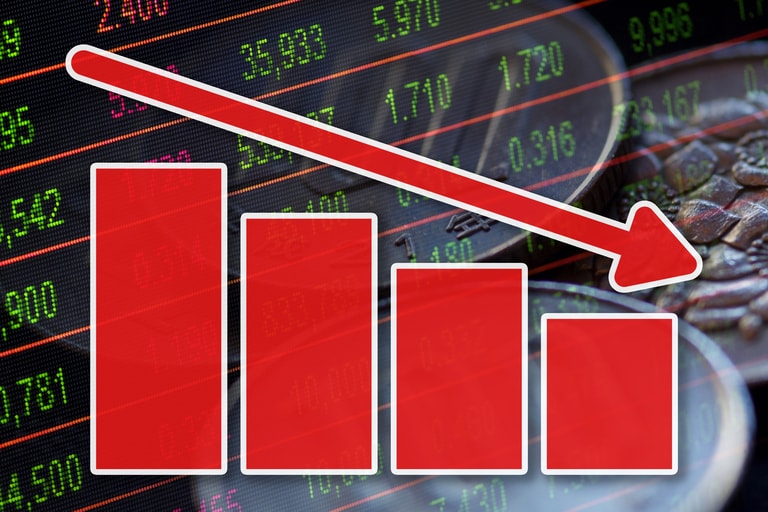Despite a disappointing quarter, and their first negative quarter in two years, markets in Europe finished the week on an upbeat note on Friday, as did US markets where another decent US non-farm payrolls report helped to support the idea that the US economy is still some way from a significant slowdown.
The strong finish seen on Friday looks set to translate into a similarly positive open for markets in Europe this morning, with Asia markets undergoing a relatively subdued session.
Friday’s US jobs report was a strong one across the board, with 431,000 jobs added in March, slightly below expectations of 490,000. This was more than offset by an upward revision to the February number of 678,000 to 750,000, while the unemployment rate fell to 3.6% from 3.8%. Adding fuel to the fire was a rise in the participation rate to 62.4%, while the rise in average hourly earnings pushed up from 5.2% to 5.6% and the highest level since May 2020.
Unsurprisingly the strength of the number saw the US dollar, which had been languishing close to one-month lows, push sharply higher, along with short term yields as the US 2-year yield rose over 12bps to its highest level in over three years, pushing it well above the 10-year yield, and in the process joining the 5-year yield in inverting above the 10-year yield.
The nature of Friday’s move higher in 2-year yields appears to support the notion that the next few moves from the US central bank will be aggressive in nature when it comes to raising rates, as it looks to tame market inflation expectations. These expectations weren’t helped by a sharp jump in the prices paid component of the ISM manufacturing index to 87.1, back to its highest level since last June’s record 92.1.
It is abundantly clear that US rates are currently too low and need to rise, and while last week’s sharp reserve release-inspired fall in oil prices may go some way to easing some of the more worrying forecasts when it comes to energy price inflation, concerns about rising prices are unlikely to ease in the short term. This is mainly because of reports out of Ukraine at the weekend, where evidence of Russian atrocities and possible war crimes continue to come to light, making the bar for any type of peace accord much more difficult to achieve.
It’s hard to imagine Ukraine agreeing to anything that allows the Russians to walk away from answering for what has been uncovered outside Kyiv, especially now they seem to have the upper hand in pushing them back, while EU leaders look to mull the idea of additional sanctions against Russia as these new atrocities come to light. The continued unpredictability of the Russian president Vladimir Putin is adding to the uncertainty, after he demanded that foreign buyers of Russian gas should start paying in rubles from Friday, contrary to the terms and conditions of the contracts.
EUR/USD – rallied back to the 50-day MA at 1.1185 before sliding back, keeping the onus very much towards the downside with support at the 1.0980 area, with a break below 1.0950 signalling a move towards 1.0900. Key support remains at trend line support from the 2017 lows, at 1.0810.
GBP/USD – avoided a retest of the March lows at 1.3000, however the lack of a rally is concerning after the failure at 1.3300. We need to get back above the 1.3200 area, and hold above trend line support from the 1.3000 lows, which sits currently at 1.3080. A break below the 1.3000 area argues the risk of a move towards 1.2800, on a break below 1.2980.
EUR/GBP – squeezed back to trend line resistance from the September peaks last year at 0.8510, before sliding back to the 0.8400 level. A move below 0.8400 reopens the potential for a move back to the 0.8320 area.
USD/JPY – last week’s failure at 125.10 fell short of the June 2015 peaks at 125.85, before slipping back to the 121.30 area. This now looks to be a key area for any move higher, or a break to the downside. A move back through the 123.20 area retargets the highs.
CMC Markets erbjuder sin tjänst som ”execution only”. Detta material (antingen uttryckt eller inte) är endast för allmän information och tar inte hänsyn till dina personliga omständigheter eller mål. Ingenting i detta material är (eller bör anses vara) finansiella, investeringar eller andra råd som beroende bör läggas på. Inget yttrande i materialet utgör en rekommendation från CMC Markets eller författaren om en viss investering, säkerhet, transaktion eller investeringsstrategi. Detta innehåll har inte skapats i enlighet med de regler som finns för oberoende investeringsrådgivning. Även om vi inte uttryckligen hindras från att handla innan vi har tillhandhållit detta innehåll försöker vi inte dra nytta av det innan det sprids.






